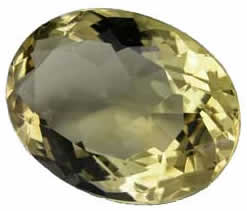Download Our Cut Out Ringsizer Here
BOB JACKSON
APPARTEMENT 1
47- 49 NUNNERY LANE
THE VAULTS
YORK
YO23 1AB
Office 8.30am - 5pm 01904 868435
Mobile 07842 192680

| 0 Product(s) in cart |
| Discounts £0.00 |
| Total £0.00 |
| » Checkout |

Text 'Ring Sizer' & Your Address to 07842 192680




